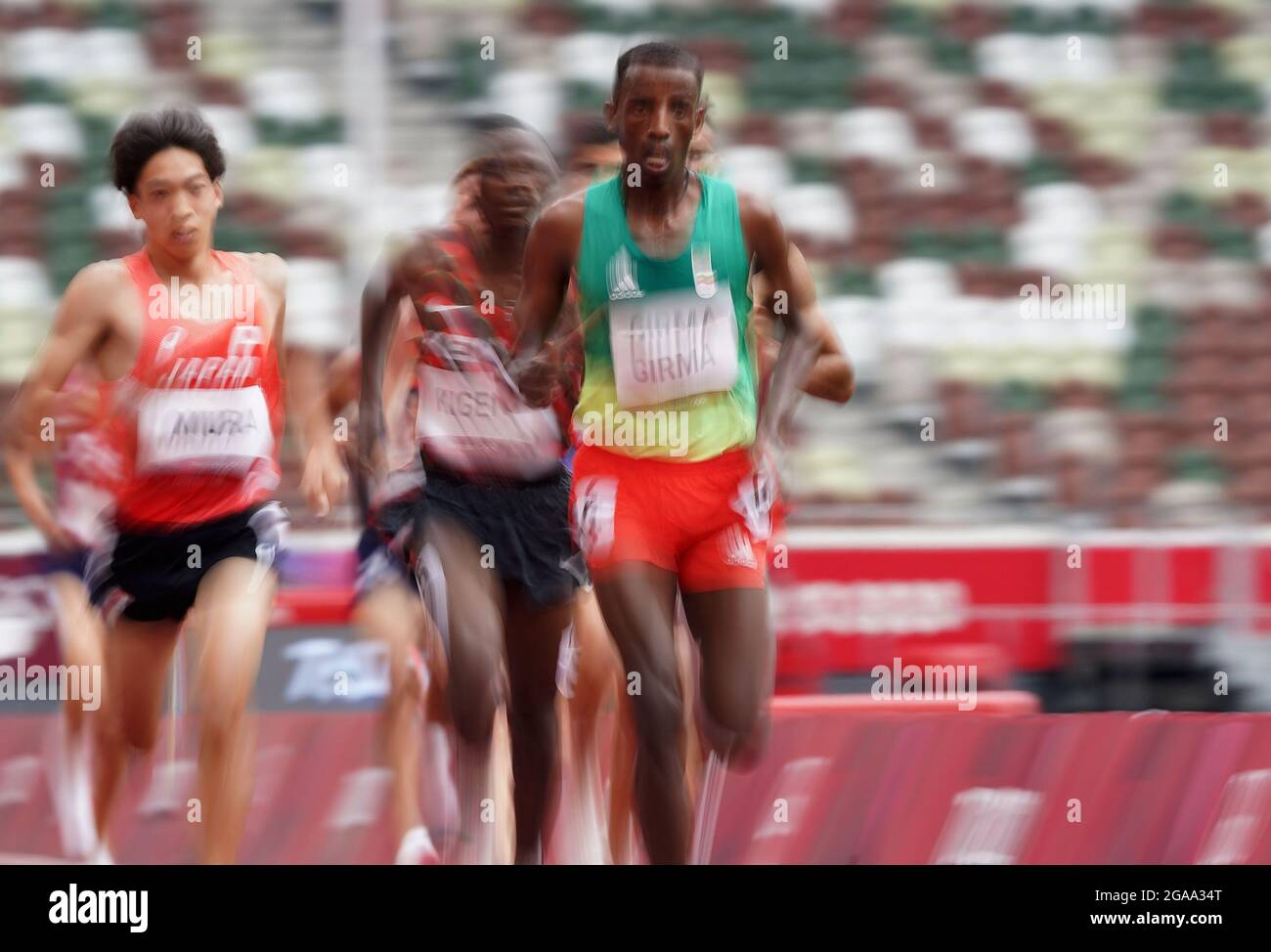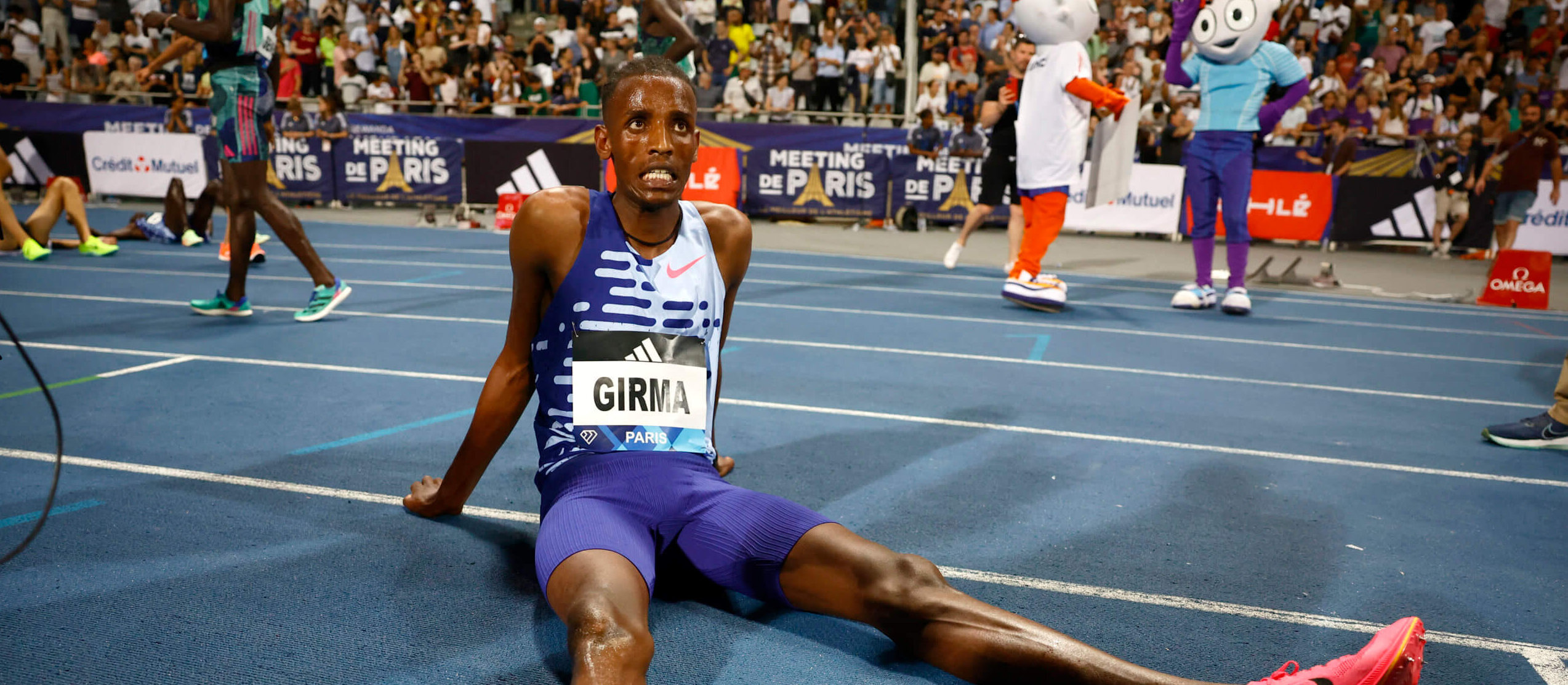Analyzing the Fall

Falls in steeplechase races are a significant concern due to the inherent risks associated with the demanding nature of the event. The Girma Steeplechase, known for its challenging obstacles and high speeds, is no exception. Analyzing the causes and consequences of falls in this particular event provides valuable insights into the safety aspects of the sport.
Causes of Falls in Steeplechase Races
Falls in steeplechase races can be attributed to a variety of factors, including:
- Obstacles: The unique nature of steeplechase courses, characterized by challenging fences and water jumps, presents a significant risk of falls. Horses may stumble or refuse to jump, leading to rider dismounts. In the Girma Steeplechase, the intricate design of the fences, with their varying heights and angles, poses a particular challenge for both horse and rider.
- Horse Performance: The performance of the horse plays a crucial role in the safety of the race. Factors such as fatigue, injury, or temperament can influence the horse’s ability to navigate the obstacles and maintain its balance. In the Girma Steeplechase, the demanding terrain and high speeds can exacerbate these factors, increasing the risk of falls.
- Rider Error: Rider errors, such as misjudging the distance to the fence, improper riding technique, or a loss of control over the horse, can contribute to falls. In the Girma Steeplechase, the fast-paced nature of the race and the complex obstacles demand a high level of skill and experience from the riders.
- Course Conditions: The condition of the course can significantly impact the safety of the race. Wet or slippery conditions can make it difficult for horses to maintain their footing, increasing the risk of falls. In the Girma Steeplechase, the course’s varied terrain, including grass, dirt, and water jumps, requires careful attention to maintenance to minimize the risk of accidents.
Impact of Falls on Horses and Jockeys
Falls in steeplechase races can have serious consequences for both horses and jockeys.
- Horses: Falls can result in injuries ranging from minor cuts and bruises to severe fractures and internal bleeding. In some cases, falls can lead to the horse’s retirement from racing. For example, in the 2020 Girma Steeplechase, a horse sustained a broken leg after a fall and had to be euthanized.
- Jockeys: Jockeys face a similar risk of injuries, ranging from concussions and broken bones to more serious conditions like spinal cord injuries. In the Girma Steeplechase, the high speeds and challenging obstacles increase the severity of potential injuries for riders.
Safety Measures to Mitigate the Risk of Falls, Girma steeplechase fall
Several safety measures have been implemented to mitigate the risk of falls in steeplechase races, including:
- Course Design: Careful course design plays a crucial role in minimizing the risk of falls. This includes ensuring the fences are appropriately spaced and designed to minimize the likelihood of a horse stumbling or refusing to jump. In the Girma Steeplechase, the course designers have implemented a number of features to improve safety, such as wider fences and softer landing areas.
- Pre-Race Inspections: Thorough pre-race inspections of both horses and the course are essential to identify any potential hazards. These inspections ensure that horses are fit to race and that the course is safe for both horse and rider. In the Girma Steeplechase, a team of veterinarians and course inspectors conduct a rigorous pre-race inspection to identify and address any potential risks.
- Rider Safety Equipment: Jockeys are required to wear protective gear, including helmets, body armor, and boots, to minimize the severity of injuries in the event of a fall. In the Girma Steeplechase, the use of advanced safety equipment has been shown to reduce the severity of rider injuries.
- Medical Response: Having a comprehensive medical response team on site is crucial to provide immediate care to injured horses and jockeys. This includes qualified veterinarians, paramedics, and ambulance services. In the Girma Steeplechase, a dedicated medical team is stationed at strategic locations throughout the course to provide prompt and efficient medical attention.
The Impact of Falls on the Girma Steeplechase: Girma Steeplechase Fall

The Girma Steeplechase, known for its challenging course and thrilling races, has also witnessed its fair share of falls. These incidents, while unfortunate, have significantly influenced the race’s reputation, popularity, and the careers of participants. This section delves into the impact of falls on the Girma Steeplechase, examining its effects on the race’s image, the participants’ careers, and the overall racing industry.
Impact on the Girma Steeplechase’s Reputation and Popularity
Falls in any sport can have a negative impact on public perception. However, the Girma Steeplechase, with its unique obstacles and inherent risk, has faced a particular challenge in managing the perception of falls. While the race is celebrated for its excitement and athleticism, the potential for falls has also led some to question its safety.
- Media Coverage: The media plays a significant role in shaping public perception of falls in steeplechase races. Often, dramatic images and footage of falls receive prominent coverage, potentially overshadowing the skill and athleticism involved in the race. This can lead to a focus on the dangers of the sport, rather than its positive aspects.
- Public Perception: Negative media coverage and the perception of risk can deter potential spectators and sponsors. This can impact the race’s popularity and financial stability, potentially leading to a decrease in attendance and prize money.
- Race Organizers’ Response: Race organizers are acutely aware of the impact of falls on the Girma Steeplechase’s reputation. They invest significant resources in safety measures, course maintenance, and rider education to mitigate the risks associated with the sport. However, despite these efforts, falls remain a possibility, requiring a delicate balance between maintaining the race’s unique character and ensuring the safety of participants.
Impact on Participants’ Careers
Falls can have a profound impact on the careers of steeplechase riders.
- Injuries: Falls often result in injuries, ranging from minor sprains to serious fractures. These injuries can sideline riders for extended periods, disrupting their training and competition schedules. This can affect their ranking, sponsorship deals, and overall career trajectory.
- Psychological Impact: Falls can also have a psychological impact on riders. The fear of falling can lead to hesitation and loss of confidence, potentially affecting their performance and overall enjoyment of the sport.
- Reputation: Frequent falls, even if not the rider’s fault, can negatively impact their reputation. This can make it challenging to secure rides, sponsorships, and even participation in future races.
Impact on the Overall Racing Industry
Falls in the Girma Steeplechase can have wider implications for the overall racing industry.
- Insurance Costs: The risk of falls and potential injuries can increase insurance costs for both riders and race organizers. This can make it more expensive to participate in the sport, potentially impacting the financial viability of the industry.
- Public Safety Concerns: Public safety concerns related to falls can lead to increased scrutiny and regulation of the sport. This can impact the race’s format, rules, and even its future.
- Future of the Sport: The long-term impact of falls on the Girma Steeplechase’s reputation and popularity could ultimately influence the sport’s future. Efforts to mitigate the risks of falls and maintain the race’s excitement will be crucial in ensuring the continued success of the Girma Steeplechase.
Girma steeplechase fall – Girma’s steeplechase fall was a shocking moment, a reminder of the inherent danger in the sport. It’s easy to get caught up in the thrill of the race, but the risks are real. It’s interesting to think about how this relates to the historical significance of quincy hall gold teeth , a symbol of status and resilience in a different time.
Girma’s fall highlights the fragility of even the most skilled athlete, while the gold teeth represent a kind of enduring strength, a reminder that even in the face of adversity, there’s always a chance to come back stronger.
Girma’s fall in the steeplechase was a gut-wrenching sight. You could see the agony in his face as he hit the ground, reminding me of the legendary carl lewis struggling with his own injuries during his career. It’s a stark reminder that even the most elite athletes are vulnerable to the unpredictable nature of competition.